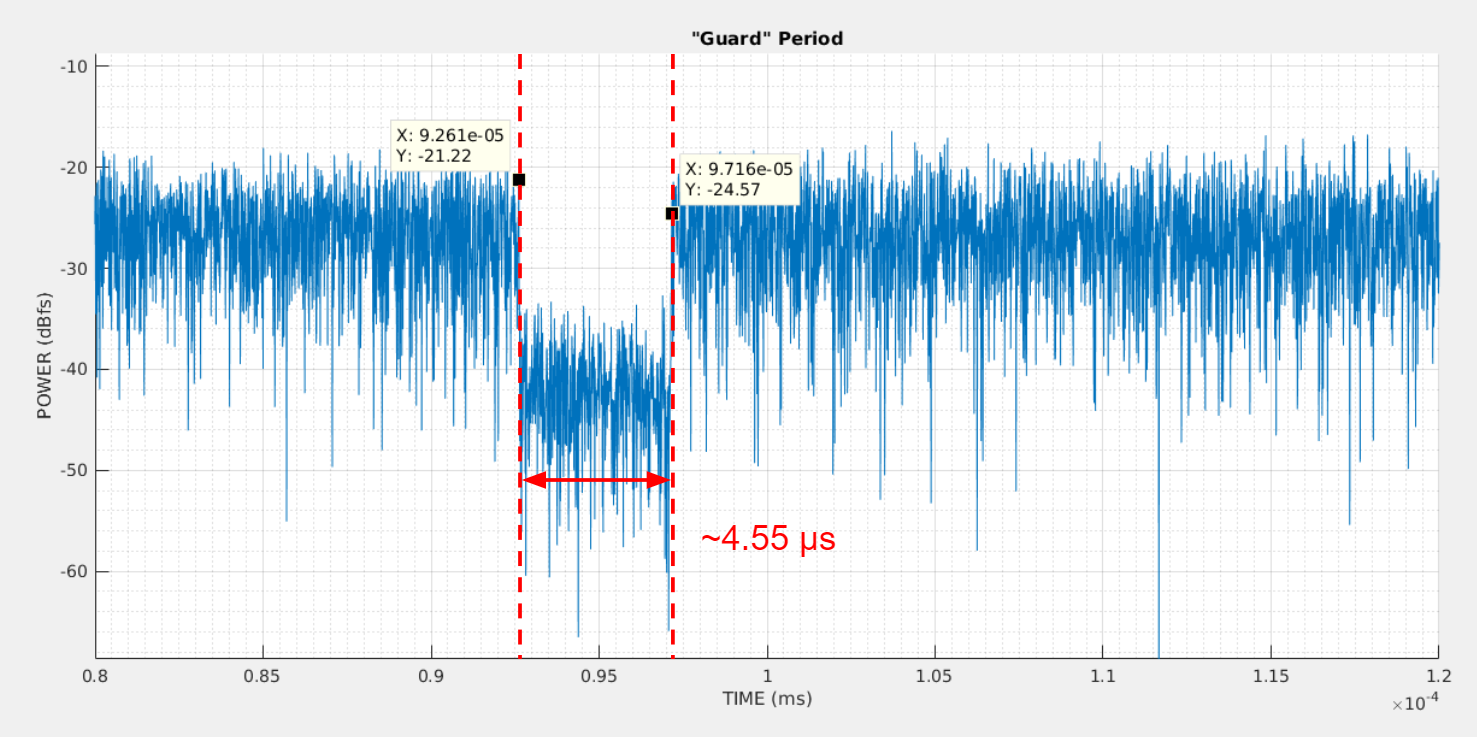Multiband military communications challenges overcome by software-defined radio
History
October 03, 2014
The ability to access accurate, real-time information over secure data links is a cornerstone of any successful military campaign. This capability is especially needed today, given the command and control center’s requirement to communicate directly and instantly with soldiers in the field via voice and data. What should be a strategic and tactical advantage, however, is only as good as the ability of advanced wireless technology to navigate a network of complex radio frequency (RF) and signal processing technologies and make a seamless, reliable and secure communications network that delivers the right information at the right time in an increasingly challenging RF spectrum.
Historically, the military has relied on a plethora of different, incompatible radios and waveforms serving diverse needs such as tactical military radios, airborne links, satellite communications, base relay stations and emergency transmitters, as well as emerging application-specific functions such as unmanned aerial vehicle (UAV) operation, requiring both control and, in some cases, relaying of CCTV images. Each of these radios establishes a vital communications link, and leaving one out of the mix would put the operations team at a disadvantage. This may interest you : Land C4ISR software engineering contract for Canadian Army won … – Military Embedded Systems. Still, every radio comes at a price in size, weight, and—in the case of military systems—the need for a backup battery. The problem becomes further complicated and unmanageable as new demands and waveforms are added to the list.
To further complicate matters, future operational requirements require systems to be multi-functional. In addition to the need for radios to support multiple voice and data waveforms across wider RF frequencies, future military systems are also looking to include features such as electronic surveillance and warfare functionality, thus further increasing the design challenges of the system.
The solution to all these challenges is a universal full-duplex radio module that can be used on all platforms and can be dynamically reconfigured in real-time in the field to provide flexibility, adaptability, efficiency and longer service life than a single battery pack. while providing significant size, weight and power (SWaP) advantages.
Making the “universal” radio concept a reality proved more difficult than anticipated: Securing a suitable analog front end (AFE) was particularly difficult. To further complicate matters, a next-generation “universal” radio will have to contend with the challenges of increased spectral congestion caused by the explosion of commercial radio and cellular systems. This not only results in increased out-of-band signal filtering or the need for dynamic range to manage potential interfering signals, but also requires the system to provide operation in other frequency bands where congestion may be less of a problem.
Until recently, an AFE for this type of universal radio potentially required an array of overlapping parallel channels, each designed to cover a specific segment of the RF spectrum, with a bandwidth corresponding to the intended signal format, and potentially with specific filtering to meet the output out-of-band signal rejection requirements. At best, this approach is expensive in terms of final PCB footprint, weight, and power; in the worst case, the development of multiple complete radio stations is necessary.
Adopting a software-defined approach
Software Defined Radio (SDR) is the best solution to this problem. By increasing the emphasis from analog to digital and software-based signal processing, it can accommodate different physical layer formats and protocols, encrypt data, and convert analog-to-digital signals with software running on a CPU or FPGA, making it perfect for military requirements. Users can dynamically control frequency, modulation, bandwidth, encryption features, and waveform requirements.
SDR also has the flexibility to incorporate new waveforms and functionality into the system without having to upgrade or replace hardware components. These SDRs will be used not only by the soldier to access data and communicate back to the command center, but also to create wide area sensor/network networks for position/detection and communication between combat soldiers.
The most important component in an SDR is the transceiver. To allow all the flexibility and versatility described, the transceiver must have an extremely wide RF range and be able to quickly tune and configure the channel bandwidth via software; it must support both frequency division multiplexing (FDM) and time division multiplexing (TDM). For advanced waveform support, it must also have high performance in terms of dynamic range and reliability, even in noisy conditions and in environments with intentional and unintentional interference. At the same time, it must operate at reduced power to minimize drain on the soldier’s battery.
A highly integrated RF mixed-signal integrated circuit (RFIC) makes wideband SDR designs smaller, lighter and less power-hungry. The real challenge comes in the extremely wideband nature of the AFE in SDR, which in a classical design would need many spectrum-specific and possibly waveform-specific front-ends, each challenging to design and evaluate, with the final product likely to fall short in the SWaP rankings.
Component requirements
A new generation of wideband, programmable front-end transceivers that support dual independent transceiver channels has the potential to meet these SDR challenges. The system processor can dynamically reconfigure key parameters (such as bandwidth and RF frequency) to suit application needs and deliver optimal results, and also has the potential to serve the fast-growing multiple-input, multiple-output (MIMO) segment. , as well as non-MIMO needs.
The new generation of broadband integrated RF transceivers are the ideal solution for many of the next generation of military communication and electronic surveillance systems. Because they support a wide channel bandwidth, the devices match many of the new data-oriented waveforms being implemented in next-generation systems. This high level of configurability enables cognitive radio systems and the use of adaptive waveforms. With the ability to rapidly tune across a wide radio frequency band, the devices can be a solution for electronic surveillance, especially in platforms where power may be limited.
One such transceiver is the Analog Devices AD9361 RF Agile Transceiver (see Figure 1), a 10 mm x 10 mm chip device with a user-adjustable bandwidth from 200 kHz to 56 MHz; it also includes other features and performance characteristics necessary to build a signal chain spanning 70 MHz to 6 GHz. This 2 x 2 direct conversion component reduces the entire AFE to a single, relatively simple circuit and connects to the host processor via an LVDS or CMOS port. Within the IC are 12-bit A/D and D/A converters, fractional N synthesizers, digital and analog filters, automatic gain control, transmit power monitoring, quadrature correction, and other critical functions.
Figure 1: AD9361 2 x 2 RF transceiver architecture.
(Click on graphic to enlarge)
|
|
The receiver noise figure is also less than 2.5 dB, while the transmitter error vector magnitude (EVM) is better than -40 dB and the transmitter noise floor is less than -157 dBm/Hz. For both transmit and receive paths, the local oscillator step size is only 2.5 Hz for fine tuning. Despite the many functions within the IC, the power consumption is still low, typically around 1 W.
Integrated system design
A flexible, wideband SDR platform involves extensive effort in circuit design, algorithm development, and consideration of trade-offs. Although this may seem a daunting development at first glance, a new generation of transceivers should include an available reference design to simplify system development. In addition to being fully customizable in software without any hardware changes, the reference platform must be optimized for use with the FPGA and provide guidance for both power and board layout to ensure optimal performance. Additionally, to support the growing prevalence of MIMO configurations, supporting beamforming and beam steering reference design options must illustrate the synchronization of multiple devices (see Figure 2).
Figure 2: The AD-FMCOMMS5-EBZ MIMO FMC platform for evaluation and prototyping.
(Click on graphic to enlarge)
|
|
By adhering to the design guidelines outlined in the reference designs, engineers can quickly move from evaluation to prototyping to successful deployment of a full-duplex, lightweight, durable platform that can be dynamically reconfigured in the field and finally deliver the “universal” radio from drawing board concept to real world applications.
Duncan Bosworth is a marketing engineer with Analog Devices in the industrial and instrumentation segment, focused on aerospace and defense. Prior to his role at Analog Devices, Duncan held senior engineering positions focused on defense for more than 17 years. Duncan received his MSc from the University of York, UK in 2001 and is a UK Chartered Engineer. Readers can find it at [email protected].
Analog Devices 781-329-4700 www.analog.com






Comments are closed.